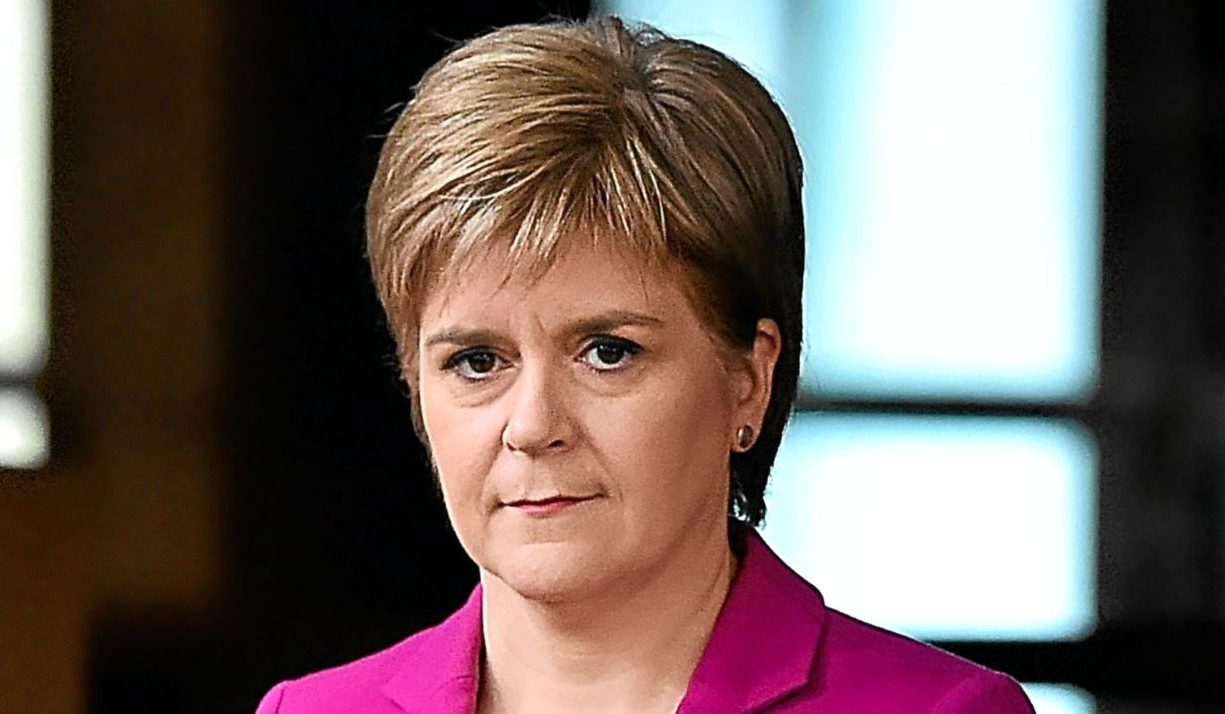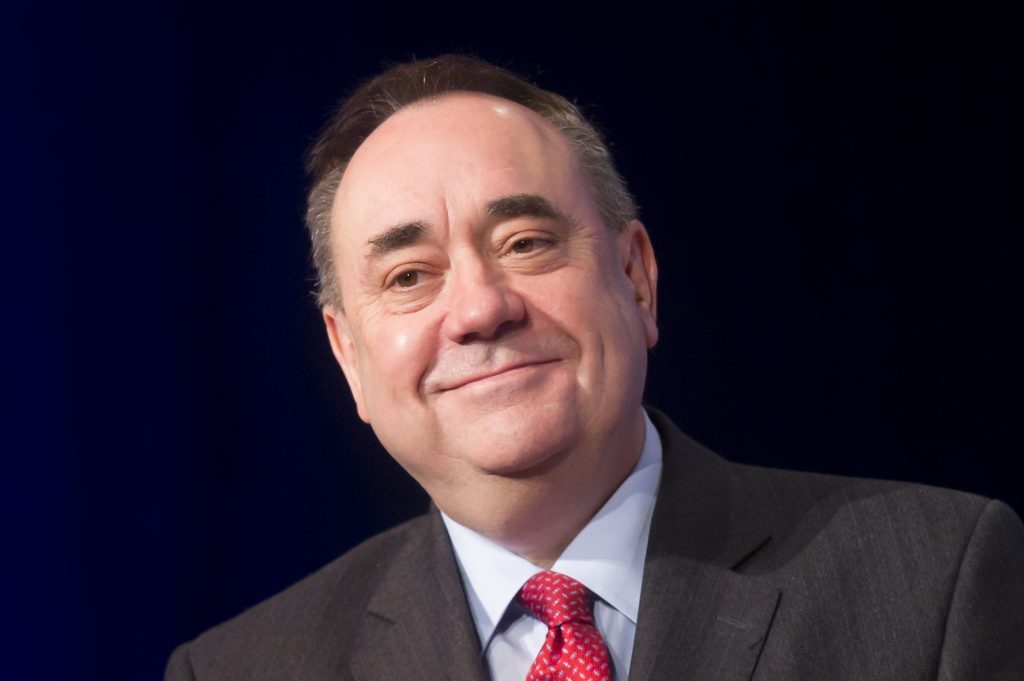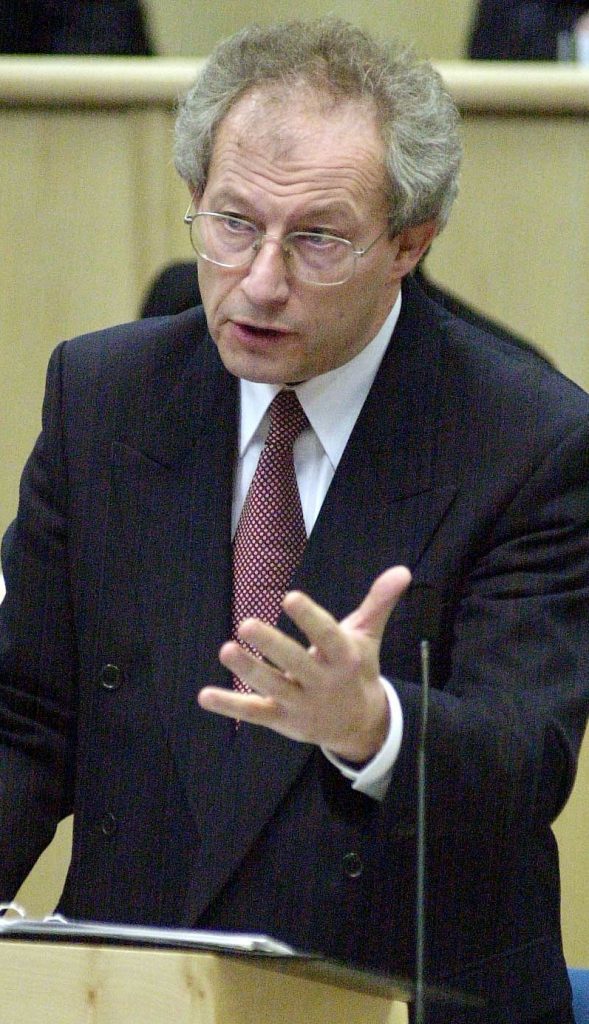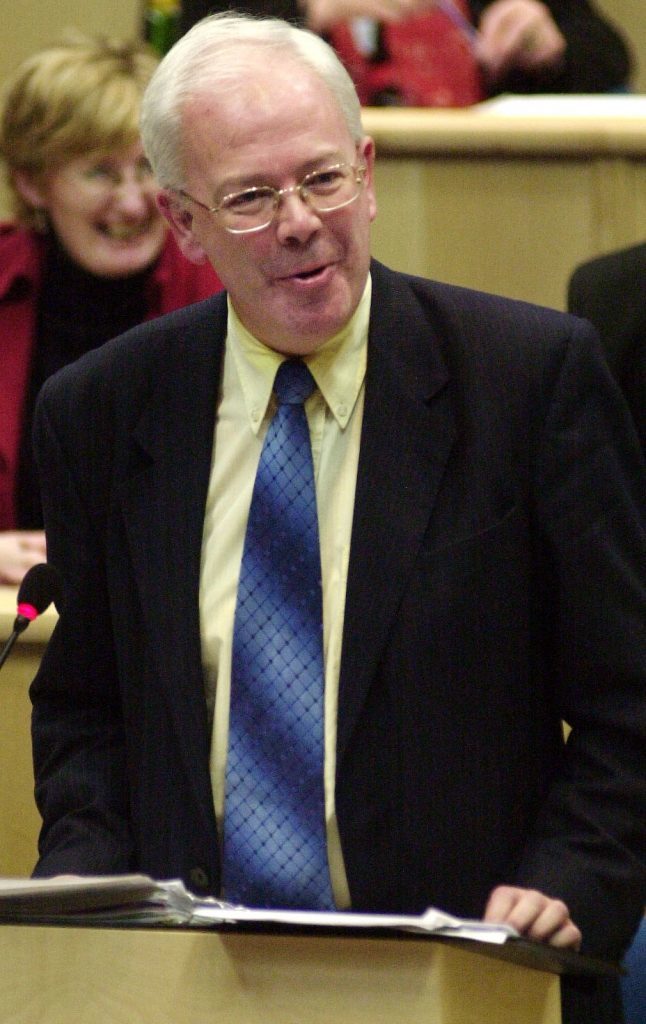First ministers past and present have set aside political differences to urge Scots to vote to stay in the EU.
Nicola Sturgeon, Alex Salmond, Jack McConnell, Henry McLeish and Jim Wallace have joined forces against Brexit in what they described as an “unprecedented display of unity” in Scottish politics.
A Scottish Vote Leave spokesman said they were probably too wealthy to have to worry about the impact of “uncontrolled EU migration”.
The SNP leader and four of her first minister predecessors from Labour and the Liberal Democrats said in a joint statement: “We are proud to come together to urge our fellow Scots to vote Remain, in this unprecedented display of unity in the history of the Scottish Parliament.
“The stakes could hardly be higher. Staying in the European Union and its single market is vital for jobs and investment in Scotland, and also enshrines key protections for workers and consumers.
“We must vote to keep our EU rights, and by maximising the Remain vote in Scotland we could make the difference in keeping the UK in the European Union. Our message to the people of Scotland is to unite as a nation, turn out on Thursday and vote Remain.”
Earlier, Ms Sturgeon said the SNP will discuss the possibility of Scotland joining the euro if the UK votes to leave the EU.
The SNP leader said party policy is not to seek entry to the euro in the “foreseeable future”, but added such discussions will have to take place if the public backs Brexit. She was responding to comments made by senior party colleague Jo Cherry, who said an independent Scotland would not want to be “tied to the pound if it nosedives after Brexit”.
The First Minister stopped short of ruling out joining the euro if the much-touted scenario of Brexit triggering a second independence referendum is realised after Thursday’s vote.
“It’s not the SNP’s policy to seek entry to the euro now or at any time in the foreseeable future,” she said. “But these are decisions and discussions that, yes, we’ll have in the scenario of a Brexit. I think we are not in that scenario because I hope across the UK people vote to stay in.”
The SNP, which has championed the use of sterling in an independent Scotland, has admitted its currency arguments were a weakness in its attempt to win support for independence during the 2014 campaign.
The party is set to embark on a summer drive to convince No voters to support independence, many of whom were unconvinced on its currency stance.
Speaking in Edinburgh yesterday, she said the option of another independence referendum is “definitely on the table as one of the ways in which we may have to protect our interests and protect our relationship with Europe.”
Scottish Vote Leave director Tom Harris said the euro is a “basket case currency and it is creating a basket case economy”. A Vote Leave spokesman said the first ministers are endorsing uncontrolled immigration, which “depresses wages, pushes up rents and puts pressure on our NHS”.
He added: “I think a lot of people in Scotland will decide to tell the establishment where to go, and vote to take back control over our borders.”




